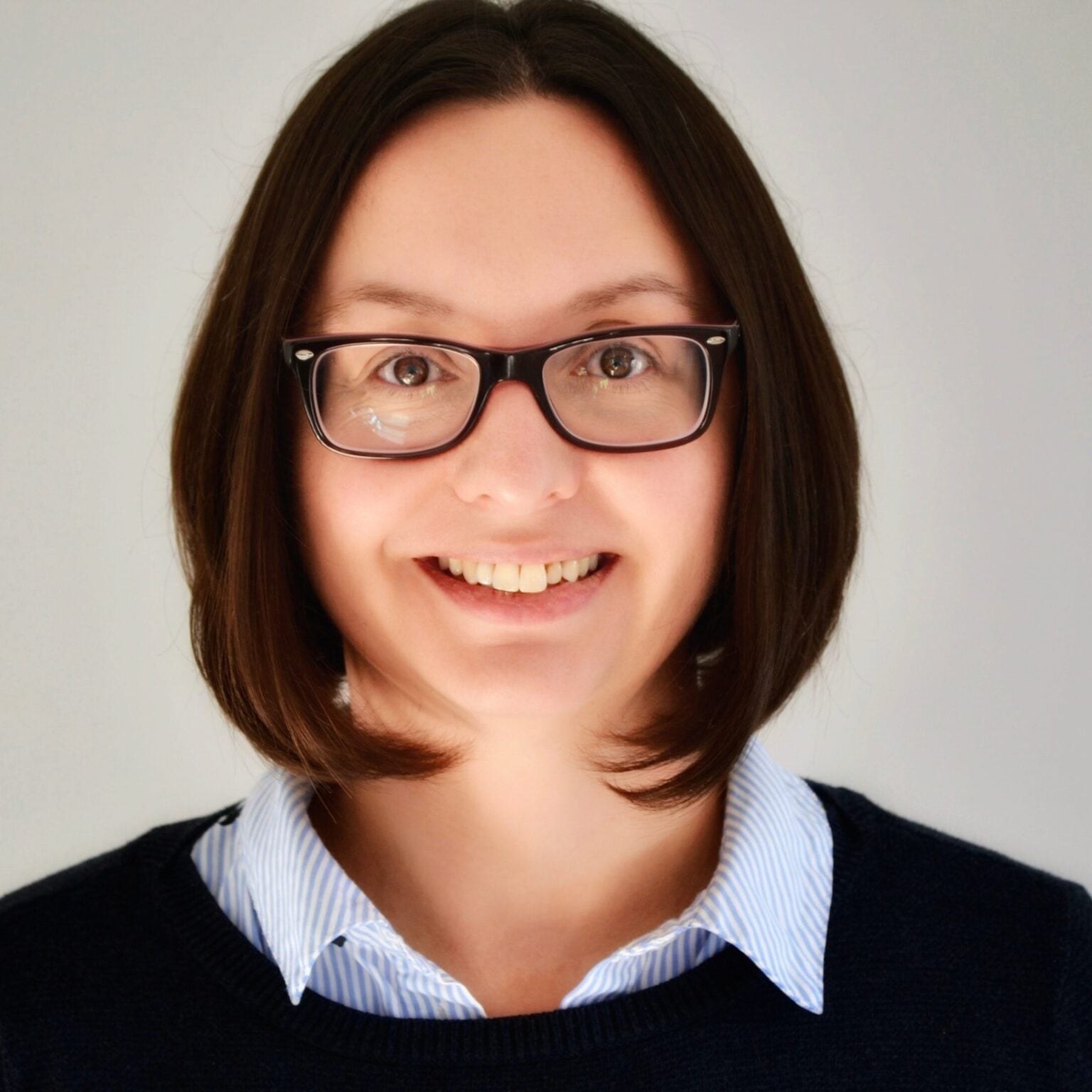Some knew immediately what I was talking about - others looked puzzled and asked what neurodiversity was - and one - memorably, misheard and thought I was going to see the dance group, Diversity.
In a nutshell, neurodiversity is an umbrella term that covers invisible disabilities such as dyslexia and dyscalculia, dyspraxia, attention deficit disorder and the autistic spectrum. It is believed to affect around 15 per cent of the population - with dyslexia taking the lion’s share at around 10 per cent. But there is some debate about the exact figure as many people have several of co-occurring conditions plus there’s the issue of non-disclosure, often because of stigma.
The term neurodiversity was coined about twenty years ago by an Australian sociologist, Judy Singer, who is herself, autistic. She had a light-bulb moment as she wrote her honours thesis when she noted people with different kinds of minds were oppressed in the same way as women and gay people, before they had their own movement. She concluded the neurologically diverse needed a movement of their own and a catchy name - hence neurodiversity.
To return to the event I was invited to - The Rise of Neurodiversity Networks was hosted by JLL - a global professional services and investment firm operating in the real-estate sector. It was co-hosted by the British Dyslexia Association (BDA) with the key presentation given by BCS Fellow John Levell, who is also joint chair of BDA.
As a former EY Associate Partner John specialises in advising boards on digital strategy and technology-enabled business change. He was diagnosed as dyslexic at 42 and told me he firmly believes many in the IT industries don’t conform to the norm: ’I’ve worked in technology for about thirty years and I’m in no doubt there are a great many neurodiverse people within the technology space who are successful, primarily because they think differently to your average bear.
‘I think this type of event helps us recognise the value of neurodiversity and formalises the opportunities it brings to organisations.’
Such events show the neurodiversity movement is finally coming into its own and part of that changing narrative has even claimed the neurodivergent have ’superpowers’.
For instance, dyslexics are good at thinking in 3D; those who have Attention Deficit Hyperactivity Disorder can also hyper-focus and high functioning autistics are renowned for their attention to detail, being great with numbers and remembering facts. But, despite this hype, fitting in with the routines of daily office life can be difficult for those who think differently.
Mark Evans, the Marketing Director of Direct Line also attended the conference and said making the workplace welcoming is high up on his company’s agenda: ’We’ve said that neurodiversity needs to have a focus because it’s invisible and it needs to be shouted about a bit more.
’The first part is to drive awareness, normalise it and make it part of the conversation and get people to be more accepting and appreciative.
’The second stage is adjustments and support such as access to adaptive technology and supporting people managers - and acknowledging the challenges there can be in managing people with neurodiversity.’
The Rise of Neurodiversity Networks event was organised by Emma Marfe, JLL’s Director, Client Relationship Management, who is dyslexic herself. She also heads up the company’s neurodiversity network, set up about a year ago because, Emma said, there was a need for it: ’We’re a real estate firm and we have many dyslexic staff.
’We employ a lot of them as surveyors and architects because many are drawn to this profession as one of the strengths of dyslexics is spatial awareness.
’We also have a lot of data that needs to be processed and we employ people who are very comfortable with dealing with that - and therefore neurodiversity pops up time-and-time again in our recruitment.’
Recruitment was one of the main themes discussed in depth - because the straightforward criteria used for, and by, non-divergent people often doesn’t work with those who have a different brain.
George Crockford, head of reporting and a project manager at the National Audit Office, and a dyslexic himself, said: ’There’s lot of paperwork in the civil service, even now - lots of job interviews are also competency-based and paper-based, where you’ve got to distil why you are good for the role.
‘This does make it more challenging for people who think differently or who find it difficult to write down their thoughts.’
He points out this salient fact: ’The civil service has got four hundred thousand staff, so if you say about ten percent are dyslexics - that’s forty thousand people.
’We’ve set up a cross section network in the civil service to bring together all the different departments.
’We are facing all sorts of challenges, Brexit is only one - and having people in the room who can think differently about how to move things forward is clearly valuable.’
Another area where the neurodivergent are more than welcome is GCHQ. In 2015, the then head of GCHQ, Robert Halligan extended a warm welcome to them in his blog on the gov.uk site, where he wrote: ’We have long valued the unique contribution that those with different minds can bring and have a larger representation of colleagues on the autistic spectrum or with dyslexia or dyspraxia; they are core to our mission.’
Currently, we are hurtling toward the fourth industrial revolution that will fundamentally alter the way we live, work and relate to each other. According to the World Economic Forum this bright new future is ’characterised by a fusion of technologies that is blurring the lines between the physical, digital, and biological spheres.’ It’s a world where thinking differently will come into its own - and a time when those who are neurodivergent will, no doubt, shine.

















